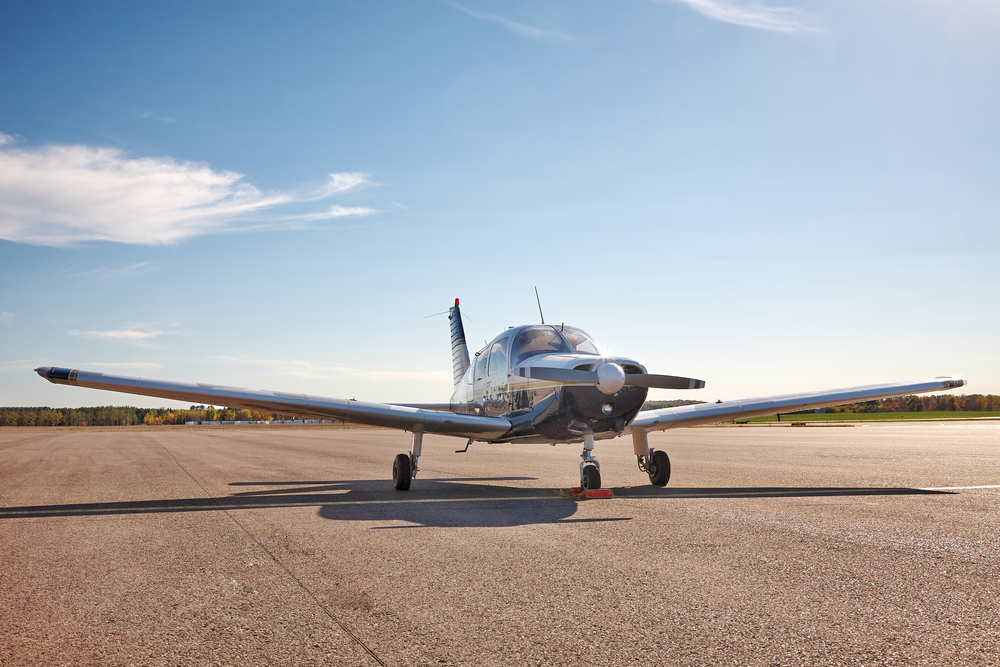Pilot Shortage: Causes, Effects, and Solutions
Pilot Shortage: Causes, Effects, and Solutions
The aviation industry faces a significant challenge: a shortage of qualified pilots. This issue has been brewing for years and continues to impact airlines globally. Understanding the causes and effects of the pilot shortage is crucial for developing effective solutions.
Causes of the Pilot Shortage
The demand for air travel has increased significantly over the past few decades. Airlines have expanded their fleets, but the supply of trained pilots has not kept pace. Several factors contribute to this growing gap.
Training to become a commercial pilot is both time-consuming and expensive. Prospective pilots must invest in extensive education and flight training, which can cost upwards of $100,000. This financial barrier deters many potential candidates.
The retirement rate among existing pilots is another critical factor. Many pilots hired during the aviation boom in the 1980s and 1990s are now reaching mandatory retirement age. This creates a significant outflow of experienced pilots, exacerbating the shortage.
Additionally, regulatory changes have increased the required flying hours for commercial pilots, further extending the time and cost it takes to qualify. For instance, the 1,500-hour rule in the United States requires pilots to have considerable flight experience before working for commercial airlines.
The COVID-19 pandemic has also played a role. Many airlines were forced to furlough or lay off pilots during the height of the pandemic. As travel demand resurged, rehiring and retraining these pilots proved challenging, adding to the shortage.
Effects of the Pilot Shortage
The pilot shortage has far-reaching implications for the aviation industry. Airlines struggle to meet the growing demand for flights, leading to several operational challenges.
Flight cancellations and delays have become more common. Without enough pilots, airlines are forced to cut back on flight schedules, disrupting travel plans for passengers. This not only frustrates travelers but also causes financial losses for airlines.
Ticket prices are also affected. With fewer pilots available, airlines have limited capacity to add new routes or increase flight frequencies. This reduced supply, coupled with high demand, leads to higher airfares, making travel more expensive for consumers.
The workload for existing pilots has increased. Pilots are often required to work longer hours to cover the gap left by the shortage. While this might initially seem like a short-term solution, it can lead to fatigue and stress, raising safety concerns.
The shortage impacts regional airlines particularly hard. These smaller carriers often serve as stepping stones for pilots early in their careers. With major airlines offering better pay and benefits, regional airlines struggle to attract and retain pilots. This threatens the connectivity of smaller communities that rely on regional air service.
Potential Solutions
Addressing the pilot shortage requires a multi-faceted approach, involving efforts from airlines, regulators, and training institutions.
One solution is to increase the efficiency and accessibility of pilot training programs. Airlines and flight schools could collaborate to offer scholarships and financial assistance. This would help lower the economic barrier and attract more individuals to the profession.
Developing innovative training methods, such as simulation-based training, can reduce the time and cost required to become a qualified pilot. These methods can complement traditional flight training, providing a faster route to the cockpit.
Airlines can also focus on retaining their existing pilots. Offering competitive salaries, benefits, and career progression opportunities are essential. Creating a supportive work environment and addressing concerns about workload and stress can enhance job satisfaction and retention.
Regulatory bodies can play a role by revisiting some of the existing requirements. Streamlining the pathway to becoming a commercial pilot, without compromising safety, could help attract more candidates to the profession.
Encouraging more diversity in the pilot workforce is another crucial step. Women and underrepresented minorities are currently a small percentage of the pilot population. Promoting aviation careers in these communities can help widen the pool of potential pilots.
Technology might offer long-term solutions through advancements such as autonomous or remotely piloted aircraft. While these innovations are still in development, they could eventually reduce the dependence on human pilots.
